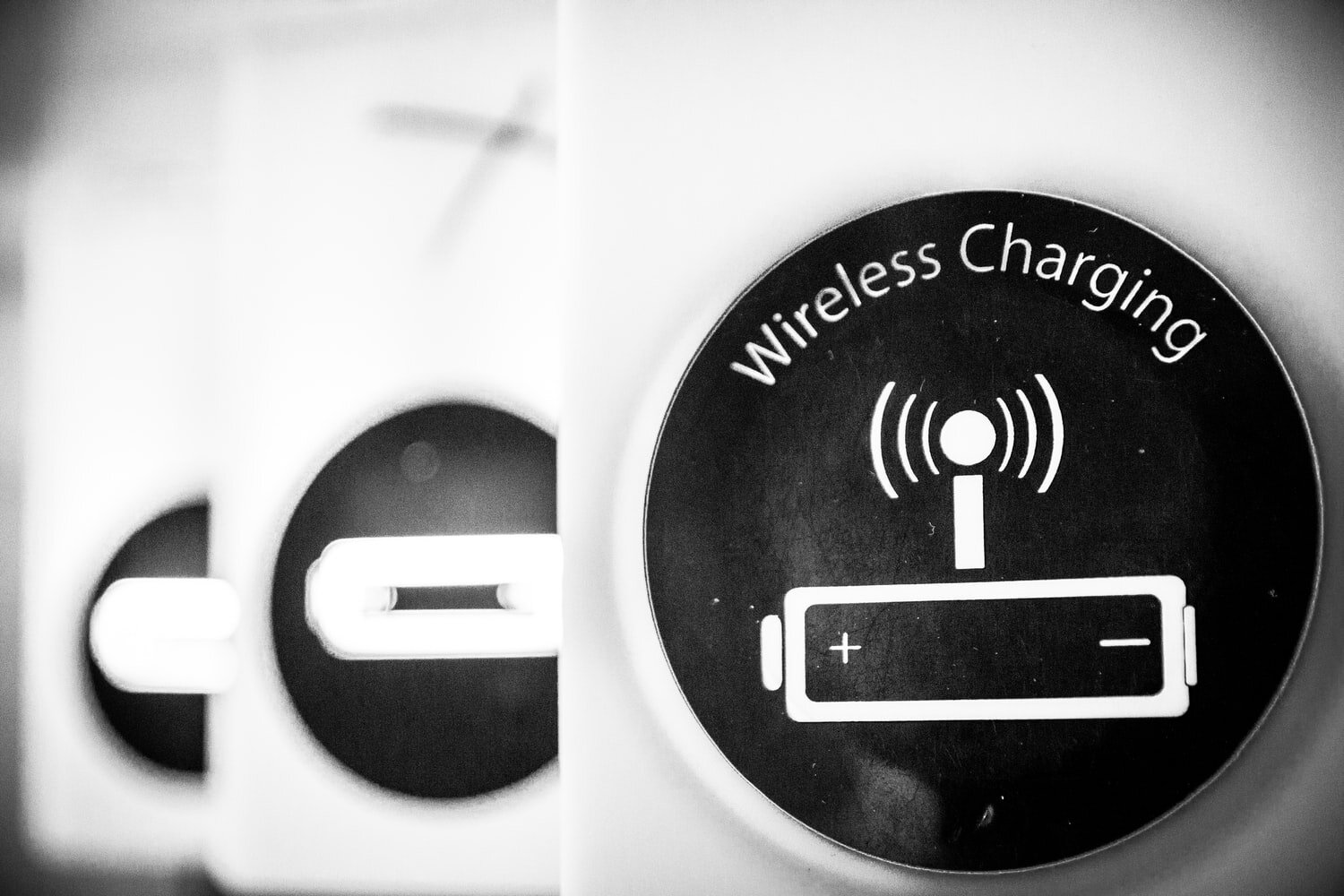#Maximizing wireless charging efficiency with multiple transmitters

“#Maximizing wireless charging efficiency with multiple transmitters”

Wireless power transfer has proven to be quite useful in electronic devices such as medical implants and smartphones. In most cases, this is done by aligning or “coupling” two separate coils of wire (transmitter Tx and receiver Rx). The electrical current circulating in the Tx coil then creates a magnetic field that transfers energy to the Rx coil. Recently, researchers have explored the use of multiple Txs covering a wide charging area.
However, although methods for transferring power wirelessly with maximum efficiency have been studied in great detail in single-Tx systems, there has been little study of systems with multiple Tx coils. Maximizing efficiency in the multi-Tx problem is challenging because the Rx could be located anywhere over the surface covered by the Txs, leading to stronger coupling with some and negligible coupling with others. To date, there have been no control schemes that can optimize the currents delivered to each Tx in real time—until now.
In a study published in IEEE Transactions on Power Electronics, scientists at Incheon National University, Korea, devised an effective control strategy for maximizing efficiency in multi-Tx wireless charging. They first formulated a theoretical background and found important relationships between many variables in the problem, such as the connection between the degree of coupling of each Tx to the Rx, its “perceived” or “reflected” impedance from the Rx, and the optimal current that should be fed.
With this knowledge, the researchers implemented a novel, maximally efficient and relatively simpler method for multi-Tx wireless charging. “Our strategy breaks away from the more traditional approach of locating the Rx with a position sensor and only turning on the Tx closest to it,” explains Professor Dukju Ahn, “Instead, we found that the coupling degree of each Tx can be measured indirectly in real time through its impedance, allowing us to dynamically adjust the output of each Tx coil to achieve maximum efficiency.”
Prof Ahn also said that although other techniques have been previously published, their performance was assessed by having the Rx stand still on different locations. “Wireless charging technology is aimed for applications involving moving receivers. In this sense, our work is the first to verify the efficiency of a multi-Tx control scheme compatible with a receiver that’s actually moving in real time,” he remarks.
Wireless charging technology could remove the hurdles of wired power supplies in many applications. With efficient multi-Tx wireless power transfer, engineers could do away with the large, heavy batteries that current electric vehicles and industrial robots use, making them cheaper and easier to move.
Do-Hyeon Kim et al, Maximum Efficiency Point Tracking for Multiple-Transmitter Wireless Power Transfer, IEEE Transactions on Power Electronics (2019). DOI: 10.1109/TPEL.2019.2919293
Provided by
Incheon National University
Citation:
No strings attached: Maximizing wireless charging efficiency with multiple transmitters (2020, December 7)
retrieved 7 December 2020
from https://techxplore.com/news/2020-12-maximizing-wireless-efficiency-multiple-transmitters.html
This document is subject to copyright. Apart from any fair dealing for the purpose of private study or research, no
part may be reproduced without the written permission. The content is provided for information purposes only.
If you liked the article, do not forget to share it with your friends. Follow us on Google News too, click on the star and choose us from your favorites.
For forums sites go to Forum.BuradaBiliyorum.Com
If you want to read more Like this articles, you can visit our Science category.



